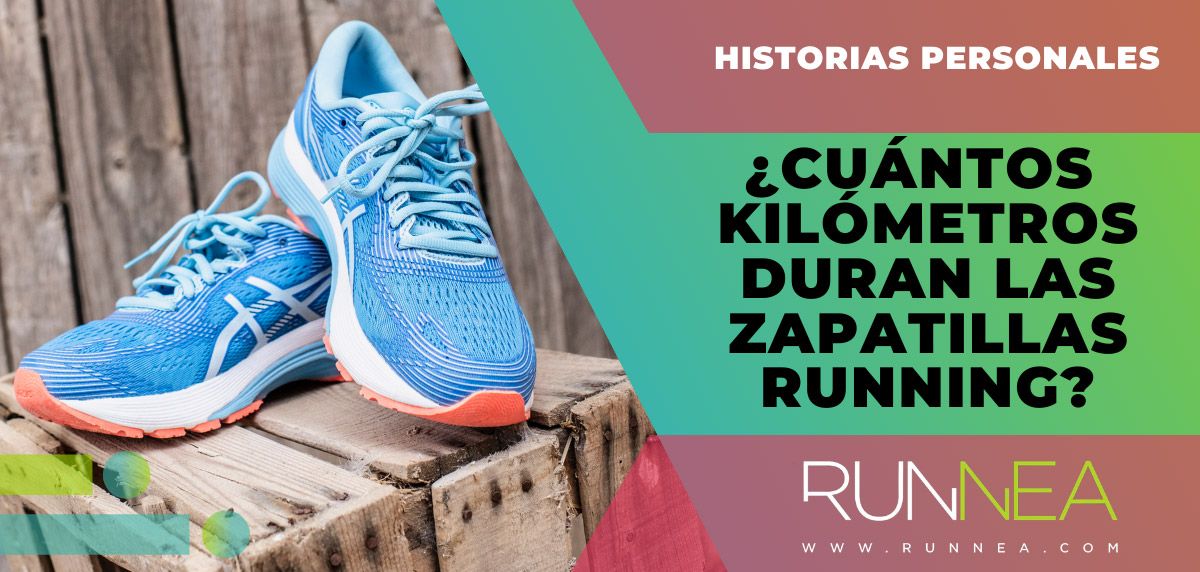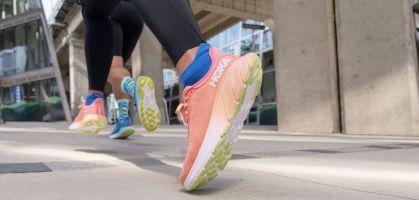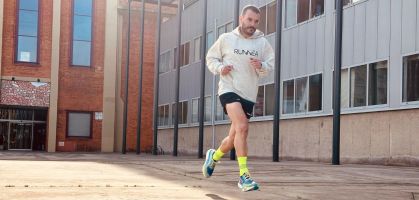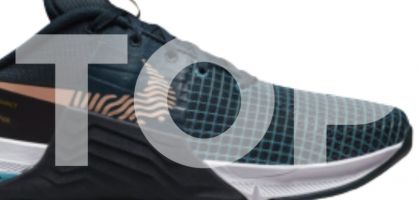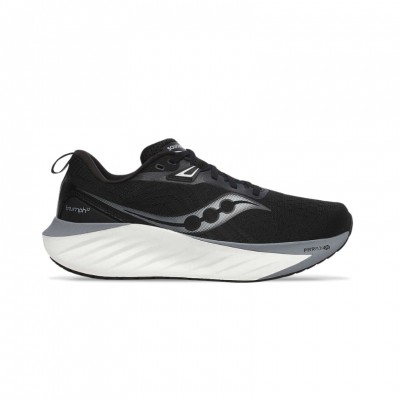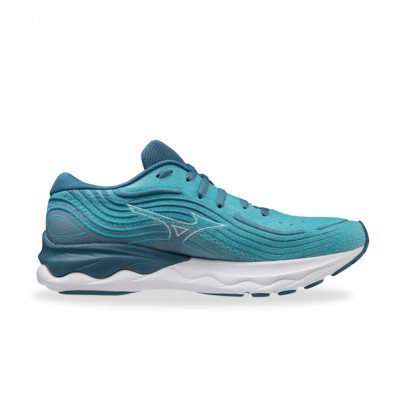The durability and reliability of every running shoe we buy are the first characteristics we consider when purchasing them, which leads us to answer basic questions: How many kilometers do running shoes last? When should we change our training shoes?
If you are an experienced runner it is more than likely that you already have under control all these sections, but if, on the contrary, you are a beginner runner it will cost you something more to be able to identify these signs to know when your Running shoes are asking for change, and that you replace them with new ones.
The task is not minor, far from it, because, assuming that your ideal running shoe is the one that best suits your needs and running profile, a bad choice of running shoes will not only affect its own lifespan, but, as a major evil, they can also lead to some kind of injury that will hinder your progression in your personalized training plan.
- You may beinterested in: How to choose the right running shoe? The 5 keys to get it right with your purchase
At this point, and as the topic in question has a great focus of interest for many of our loyal followers runneantes, in Runnea again we have the professional advice of Toni Fernandez Sierra, sports podiatrist and passionate analyst of Running shoes.

How many kilometers do my Running shoes last? Signals to detect!
That said, the frequently asked questions that we have made to our head podiatrist, Toni, -soon you can read his analysis as a new #RunTester of our Runnea Team- will serve as a guide to detect those signs to anticipate, and change your old running shoes, no matter how much you love them.
The million-dollar question: How many kilometers, approximately, can a Running shoes last, or how many kilometers is it advisable to change them?
The durability of the running shoe will depend a lot on whether we have chosen them correctly. Therefore, I would say that if we choose the right Running shoes Running shoes, they can last on average between 650 and 750 km. I would always change them before reaching 850 kilometers with them. However, it is necessary to clarify and make it clear that a bad choice of our sports shoes can lead to the fact that we are forced to change them after approximately 150 kilometers.
If the midsole appears to be more worn out, and even somewhat deformed, and the upper shows signs of significant deterioration, these are obvious signs that we need to change them. But when we notice that we start to slip and that the shoe does not seem to have the necessary grip, is it also a sign that we are obliged to change it the sooner the better?
First of all, it is necessary to point out details. A broken upper, if the break is on the back of the shoe, and this can be caused by the nail rubbing against it, is perhaps not so worrying. What is more dangerous, and what we should pay attention to, is that when a sole slips, this indicates that it is very worn, or that the rubber has crystallized. In either case it would be necessary to replace this model.
What's more, a running shoe that has been stored in the closet for a long time, even if it appears to be performing well, is more than likely to have a crystallized sole. So if you want to avoid risks when you go out to train, my advice is to change them.

There are many models that, as time goes by and due to use, tend to show wrinkles in the midsole. Do these wrinkles affect the cushioning performance of the foams?
More than affecting, this circumstance is a great indicator that that particular shoe is starting to lose some of its effectiveness. When I see a model with wrinkles, I like to call them scars, I usually say that the running shoe is fatigued.
You have to be clear about that. All materials fatigue with use and recover with rest, but with each passing day they will recover to a lesser extent. So all these "cracks" lead us to conclude that the midsole begins to lose the characteristics indicated by the manufacturers in its cushioning, propulsion, stability, etc. properties. Obviously, if that happens, it's a bad sign.
Runnea Podcast: When is it time to throw my Running shoes away?
Can the appearance of plantar fasciitis also be an indication of the change of our old training shoes?
Before any kind of injury we always have to look at the condition of our training shoes. Make it a mandatory habit. If we pass our hand inside the shoe we can observe that with use, the area where we support the metatarsal and heel heads are more worn, and even deformed. Despite this, they are apparently perfect on the outside.
So the greater the depression of these strategic points of the shoe, the greater the stress on what we call the calcaneal-ankle-plantar system. This is the prelude to plantar fasciitis.
- You may beinterested in: How does the choice of running shoe influence the likelihood of injury?
Surely you have seen a shoe with a wrinkled or deformed midsole in the heel area. Bad sign. Poor medial control due to material fatigue can also be the cause of plantar fasciitis.

And finally, at the time of the change ... What important aspects should we take into account to buy, and succeed, with the most appropriate Running shoes?
We should always be TRUTHFUL with ourselves. If I go running with the Nike Alphafly Next%, to give a practical example, I will most likely bend my ankle. They are very aesthetically pleasing and eye-catching, but they are not for me.
That's why we should be honest and buy what meets our own needs.
As a basic guide we can answer a few questions: what do I want them for; on what type of surface am I going to run; at what pace do I run; what is my weight; what are my usual injuries; what type of footprint do I have; what is my footprint; what is my running style; and what is the best way to get the right shoe for me. All the answers to these questions will give us the clues to buy the most appropriate material that will help us to train with greater security and confidence.
If doubts persist, seek advice, and I even invite you to visit the Runnea website, because, in a very visual way, you can see the characteristics of the running shoe in particular, and establish a first filter to see if it is what we are looking for or not.
Read more news about: Running News
